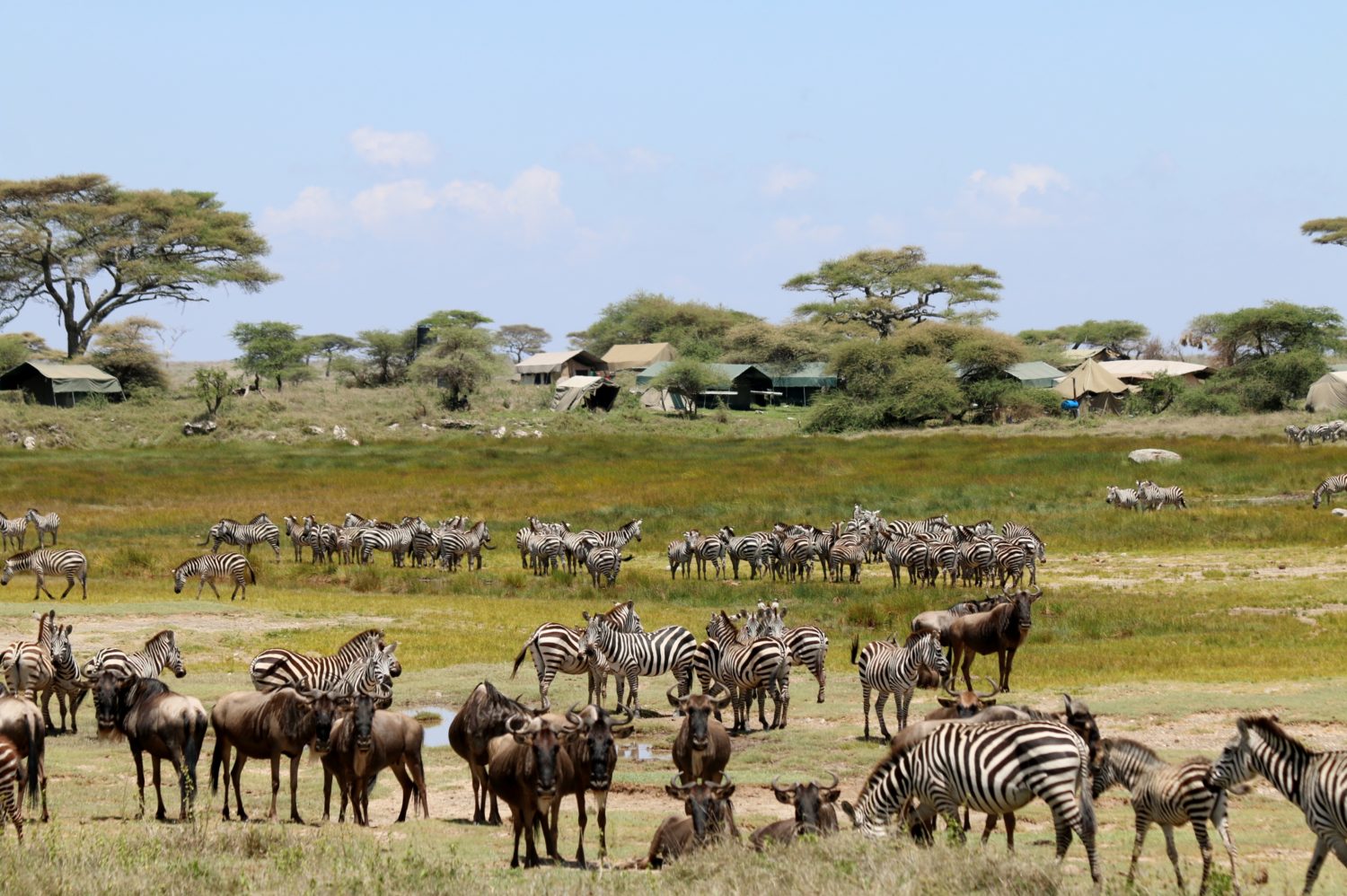Oman, or more precisely the Sultanate of Oman is our final ancient crossroads destination. We will visit its modern capital city, Muscat. Today, the country has invested its immense oil wealth in palatial infrastructure that is the envy of the world.

Muscat has been blessed throughout the ages by its seaside location and proximity to natural resources. Its port on the Arabian Sea was an important commercial center on the maritime silk road. By the 9th century, Oman had established itself as a seafaring empire whose fleet controlled the gulf during the time when trade flourished between the far east and Africa. Oman was a key trader of frankincense, a highly valued perfume and spiritual incense in ancient times and today still used for its fragrance in body oils, soaps and lotions.

Muscat’s strategic maritime location made it a desirable acquisition for invaders. Over the centuries, Oman was part of the Persian Empire, a Portuguese colony, controlled by the Ottomans and a Protectorate of Britian. The Portuguese arrived and colonized the Omani shoreline in the early 16th century buiding forts and trading posts, still in evidence today, to control commerce in spices, dates and slaves until ousted by the Ottomans a century later.

In 1798, Oman (which included Zanzibar) and Great Britian signed a treaty of friendship and commerce. A succession crisis in the mid 1800s separated Zanzibar from Muscat, and Muscat and the surrounding area formally became a British Protectorate. In 1951 under the Treaty of Friendship, Commerce and Navigation, the Sultanate of Oman became an independent country with its first written constitution in 1996. Today, Oman maintains its strategic maritime importance, no longer because of silk and spices, but because of the transit of crude oil.

With only a short time in Oman, we plan to see and experience as much of this beautiful, modern port city surrourounded by mountains and desert.

March, 2023
